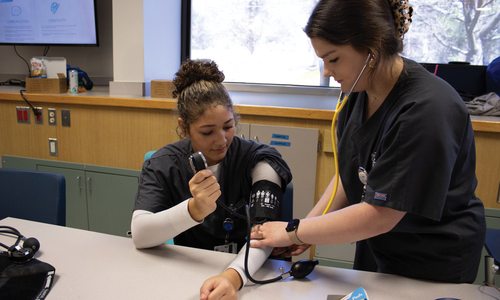
Strategy
Strategies to Keep Your Employees Healthy and Reduce Workers’ Compensation
Slipped disks and torn ligaments from on-the-job injuries hurt employees and their families. And they can hurt your business, too, through costly workers’ compensation claims. The bottom line? It pays to prevent.
By Sony Hocklander
Jan 2018

It can happen in a moment: one wrong move while lifting a 100-pound box. Next comes medical care and workers’ compensation. You’ve not only lost an able-bodied team member, but you’ve also increased your cost of doing business. But with simple steps—and perhaps professional help—you can change old habits, prevent new injuries, increase productivity and avoid workers’ compensation claims.
ARC Physical Therapy helps companies do just that by assessing safety procedures and analyzing jobs. Melissa Shelton, DPT, a lead therapist with ARC, says they are often called for help in three areas: when a company has an aging workforce, when a department has increased injuries and when it’s hiring for jobs with specific physical requirements. She shares tips for identifying risk and avoiding workers’ compensation claims.
Before your next hire
It’s vital for companies to understand the demands of physical labor positions before hiring. For instance, will an employee need to lift heavy boxes, or lean and reach multiple times a day? Make a full assessment and include physical demands in a written job description. Then make it a condition of employment to pass an ability test. That process, one serviced by ARC, has a huge return on investment. “It’s to protect the employee from doing something they cannot do,” Shelton says. “It also protects the employer so the employer doesn’t hire their next injury.”
For your aging employees
Companies with aging workforces are especially vulnerable to increased injury. Folks in manufacturing may stay with a job for years. Although they could easily lift 100 pounds at age 20—now they’re 50. To reduce injury, watch how employees do things now. “That tells you what areas you need to educate,” Shelton says. Also determine whether employees use provided tools to accomplish tasks. “If you don’t use the equipment that’s there to help you, that’s a risk,” she says.
For the desk-bound
Office jobs have injuries too, ranging from carpal tunnel syndrome to back strain problems and more. There’s a right and wrong way to work when it comes to chairs, posture and computer screens. Know how workstations should be set up and encourage employees to regularly pause and stretch. If your budget allows, get sit-to-stand desks. “The ability to stand up and get blood flow to legs—it’s a game-changer,” Shelton says.
Additional Strategies
Don’t ignore an increase in minor injuries. Assess the problem before injuries become major problems. Stress safe practices and add incentives to increase participation. Another important step: Develop a wellness program to incentivize a healthy lifestyle. “In the end, if you can get people to step back and see the big picture, it’s for their safety and their health—and [it’s for] keeping them safe to do what they want to do outside of work, too,” Shelton says.












